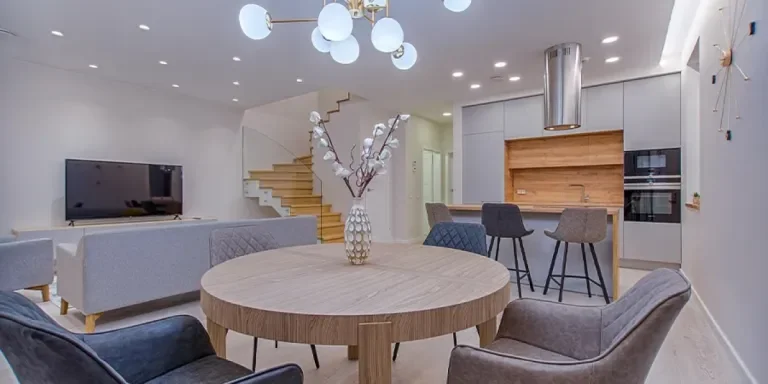When thinking about home decor our minds regularly shift toward furniture or soft furnishings, though rarely towards cabinet hardware. However, cabinet hardware is a functional and attractive part of every home.
There is not a day that goes by without the opening of a drawer, kitchen cabinet, or cupboard door—requiring you to touch a handle, knob, or finger pull. These products are also a great way to add an elegant design touch, especially for interior decorators.
In this guide, you can find ways in which wholesalers for the cabinet/furniture hardware market can create appealing and profitable handle and knob collections that are stylish and in line with the current market trends.
Table of Contents
What makes cabinet hardware a profitable market?
How to create “must-have” handle and knob collections?
Optimize collections for a variety of markets
Why sticking to popular products is key
What makes cabinet hardware a profitable market?
The cabinet hardware market, in this case specifically handles and knobs, is a potentially profitable market due to its accessibility. Handles and knobs do not require much skill to change but can make a big difference to the look of furniture and decoration in the home.
So what makes this area profitable? Some of the top points include the affordability of the products. Generally, handles and knobs are reasonable in price and often do not require professional help to install. Equally, they can be updated in minutes, especially when compared to other types of home decoration, such as painting walls, updating wallpaper, or reinstalling furniture.

Other factors that push sales in the hardware market include the increase of people working from home. This makes people more aware of their living spaces and increases the desire to decorate their homes. Their environment is at the forefront of their minds and lends itself well to the need for making their home/work spaces more appealing.
According to the figures, the popularity of home decoration is clear: A January 2022 survey states that hardware store sales reached more than US $35 billion in the US in 2020 and are set to increase year on year, showing just how much consumers are willing to spend in this field. So considering furniture handles and knobs can make for a great addition to your inventory that can boost profits and sales.
How to create “must-have” handle and knob collections?
Home decoration takes on different trends depending on current fashions. At the moment, some of the most common home decoration styles include modern, contemporary and traditional approaches, therefore creating handle and knob collections within these three looks is likely to ensure their appeal. Still, styles that can also be profitable through pricing—though not reaching as big a market—are more eclectic collections.
To create a “must have” collection within the four mentioned styles, you need to look at certain design features. Features will include materials, such as wood, metal, leather, plastic, and glass, as well as size, color, and detail. This can be followed with an analysis on what pricing bracket certain products will fit into and what the pros and cons of various products might be.
The modern collection
Modern design comes from the early to mid-1900s and is most iconically visualized through the creations of Bauhaus, a German design school. This school used straight, clean lines and natural colors that created the look of modernism, a style that is still seen and loved today.
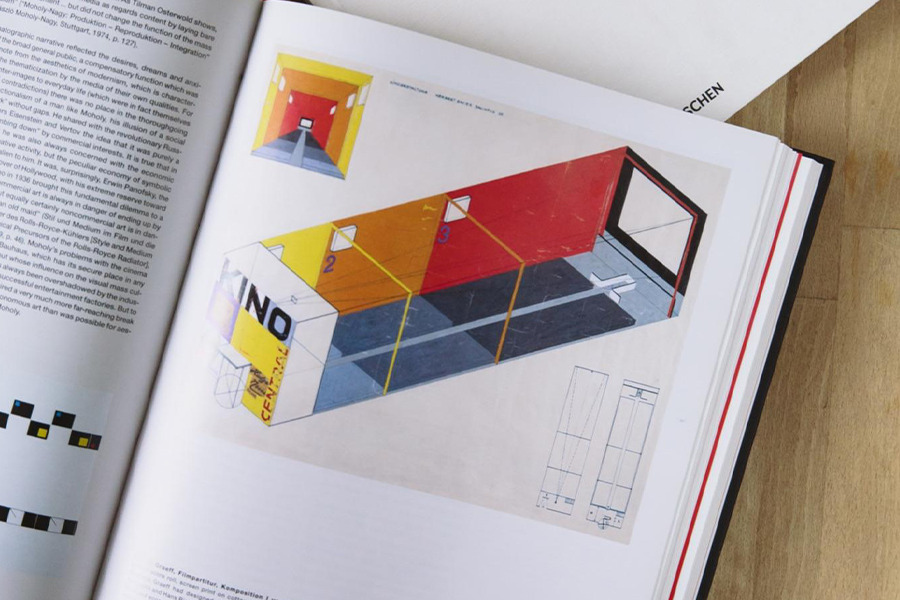
The look includes functionality and adaptability, with its clean and unfussy features. It transformed the design of more than just architecture, and was applied to hardware throughout the home too. It has maintained popularity due to suiting most home decor and many tastes.
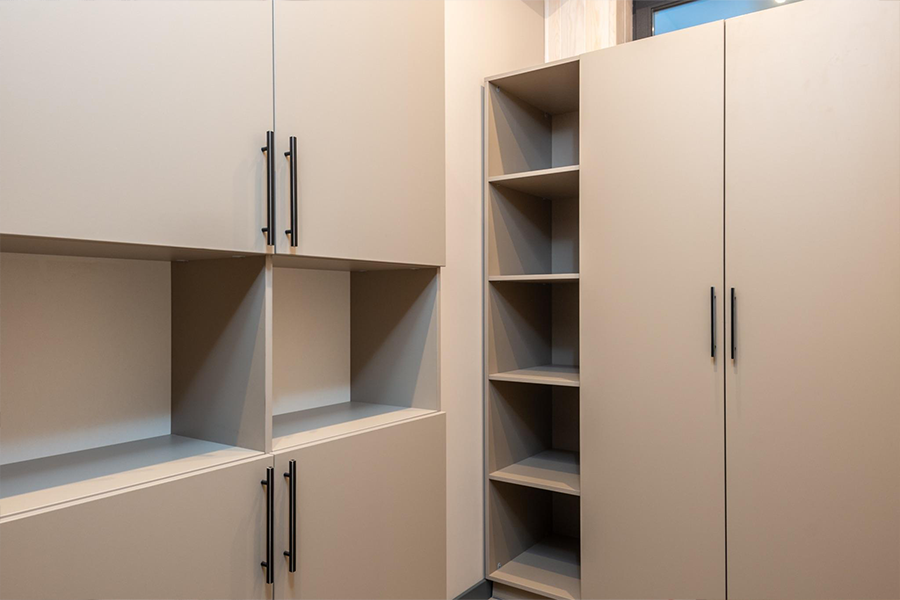
Most modern designs should include straight clean lines, so sharp-edged, square, and rectangular handles/pulls will work best. Metal is a good choice of material for these furniture handles or knobs, and suits modern design constraints.
If considering the use of glass, it must always be clear, flat and not colored in any way or this will take away from the modern look. Wood can be a good choice, due to its sustainable and eco-friendly values, as long as the modern features of simple clean lines are in place, and colors/tones are natural.
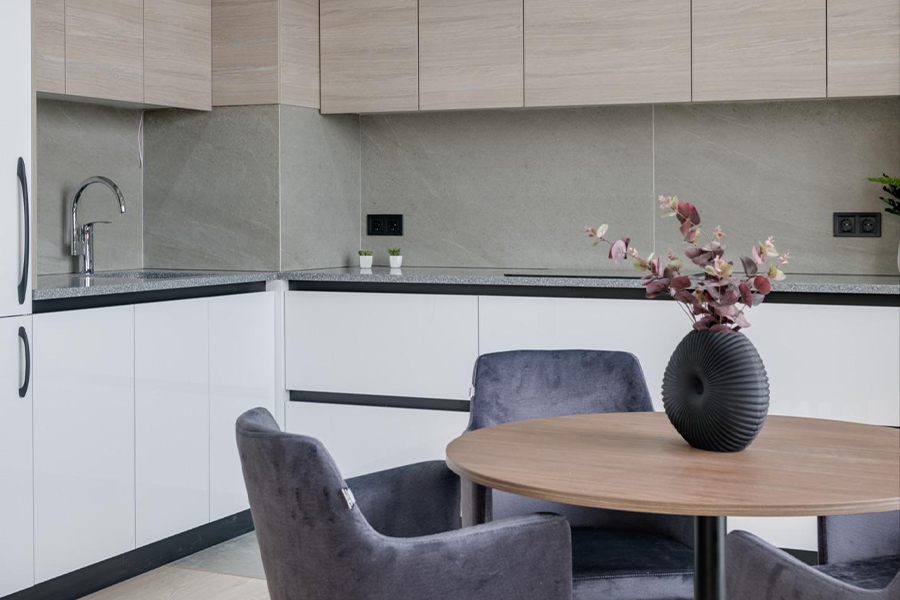
The clean sharp lines mean that mass production of these products is feasible and therefore costs can be low. Due to their classic modern look, they can be priced in ranges from low to midpoint and high depending on the end consumer outlet. This makes them a very versatile collection to stock.
The traditional collection
The traditional design is most commonly linked with the 18th and 19th centuries and follows a classic and familiar style. Furniture is ornate, with the use of heavy fabrics creating sumptuous soft furnishings. Traditional designs use colors that are subtle and muted with the odd deep bold color infused, generating a feeling of warmth and luxury, but still retaining a homey feel.
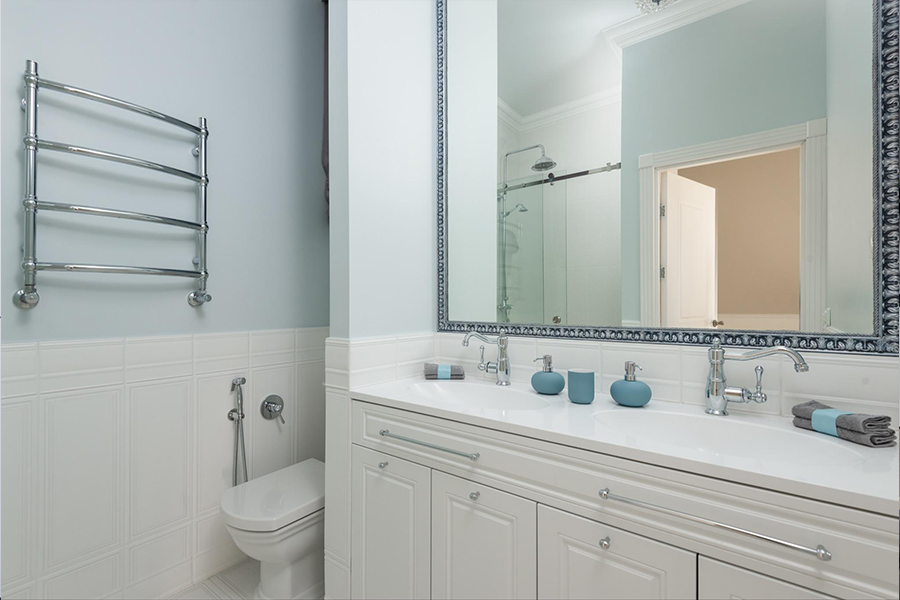
This concept is rooted in history but sits well in many current homes. Using traditional handles and knobs on existing furniture can allow people to adapt the look of their home to suit this style. This look is popular due to its timeless aesthetic and can be applied to most furniture in the home, either to update it or to restyle it.
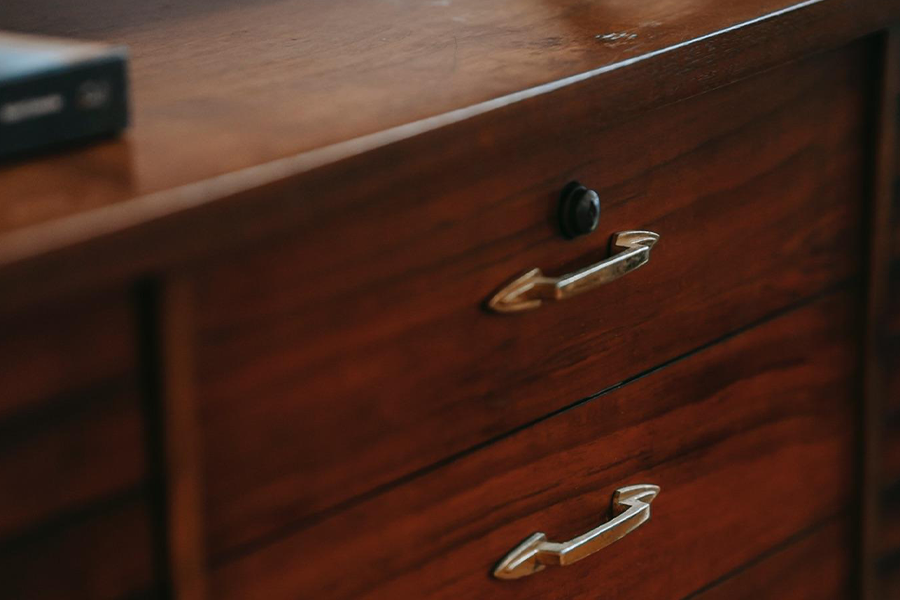
Traditional handles and knobs will use symmetry. Unlike their modern counterparts, they involve softer lines and can include a certain amount of delicate detailing. They can be made from wood, but metal and ceramic/porcelain handles and pulls are best suited. Brass in particular is a good metal to consider for knobs and handles that are rounded and likely to age well.
When using glass, one can go for a traditional cut that looks more like crystals, as opposed to being flat like its modern counterpart. Leather can be used to accent traditional furniture, giving it a more tactile appeal. For example, a sturdy wooden dresser adorned with soft leather handles/pulls.
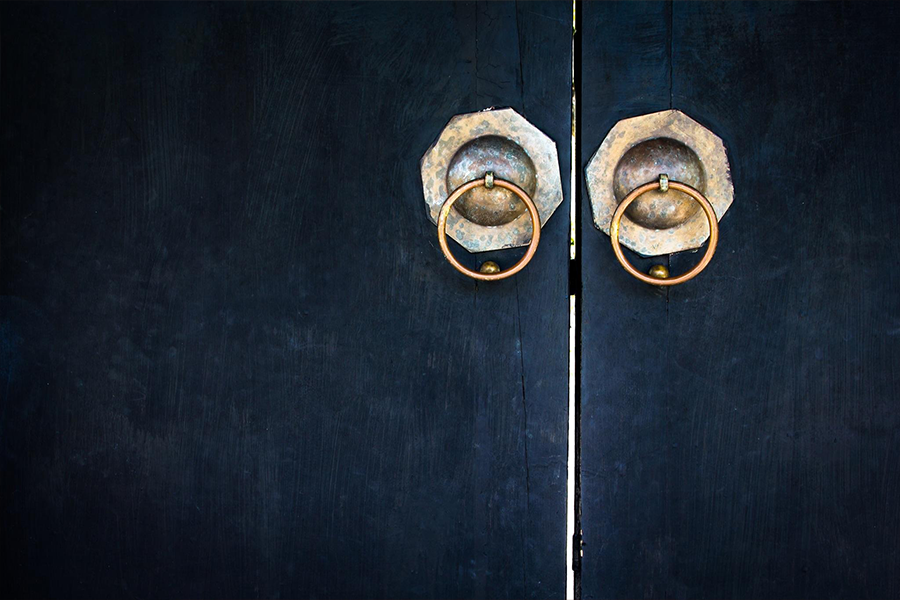
To ensure reasonable product costs for the collection, stick with a limited range, for example three varieties of handles in metal/wood, three in metal, some with detailing and three in porcelain version, and a range of leather pulls. This will ensure the collection suits a selection of furniture, as traditionally designed pieces are often unique in appearance and will lend themselves to an assortment of handles.
The contemporary collection
Contemporary design grew out in the 1970s when the shift of the postmodernist movement took place. However, over time contemporary has evolved to suit the aesthetics of current eras. It is the look of the now, whereas modern design, although current, is fixed in the time it was created.

Contemporary design encompasses a range of styles but still has a sense of unity to it. Like modern, contemporary is distinguished by simplicity. However, rather than hard lines, the edges are softer, with the use of contrasting, but natural colors. Contemporary trends offer combinations that give off the feel of something new, but still have a sense of harmony.

Considering a furniture handle and knob collection within a current contemporary look will include the use of sustainable materials and uneven symmetry, for example, furniture handles using multiple handles of the same design in a range of colors/shades; or in contrast, the same color/material handle—maybe aluminum or wood—but each one a different shape, or size.
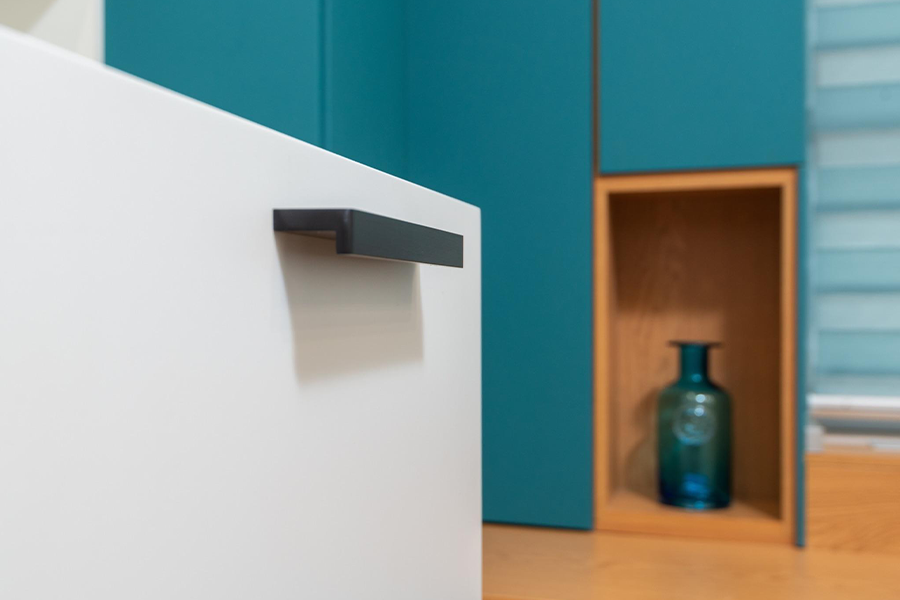
As well as the uneven symmetry, contemporary style is simple and unfussy, but striking looks can be created with the use of contrast, such as black handles on clean wooden furniture. Composing a range that contains black handles and knobs would cater well to this trend. Equally, a similar selection could be created in white.
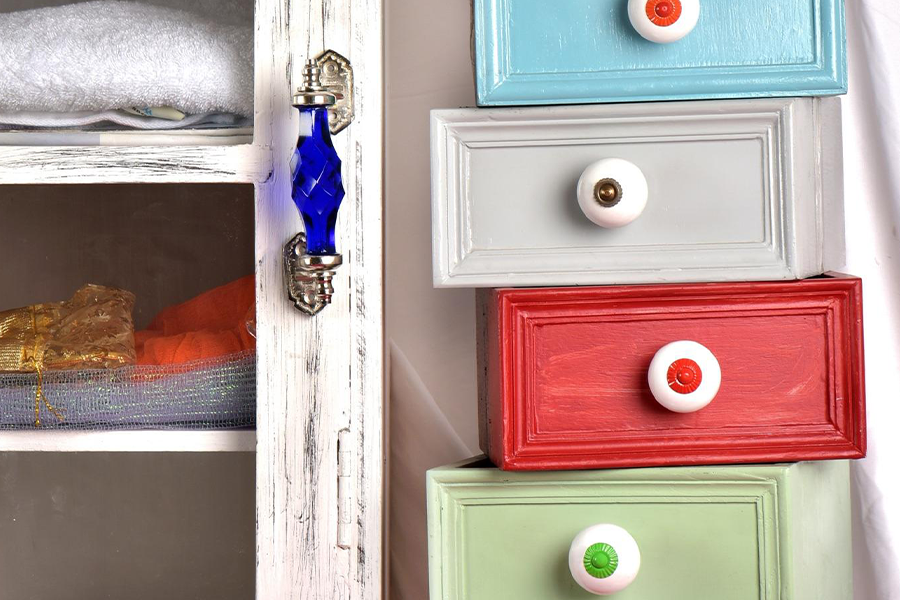
It is easy to create these types of collections because one style can be used over and over and simply differ in terms of colors or materials. This allows the ordering of one product with color variations, which could make sourcing these products simple. If wanting to introduce budget collections, stick with simple materials like wood and metal. Creating more luxurious, higher-priced ranges could involve using wood with marble inlay or materials such as glass or porcelain.
The eclectic collection
The eclectic style became more prominent towards the end of the 19th century and the start of the 20th. However, saying that this is when it first started is deceptive, as the Art Nouveau movement of the mid-1800s, where imagery was full of a mix of soft female features and a mass of colors and patterns, could in fact be seen as the start of eclectic trends.
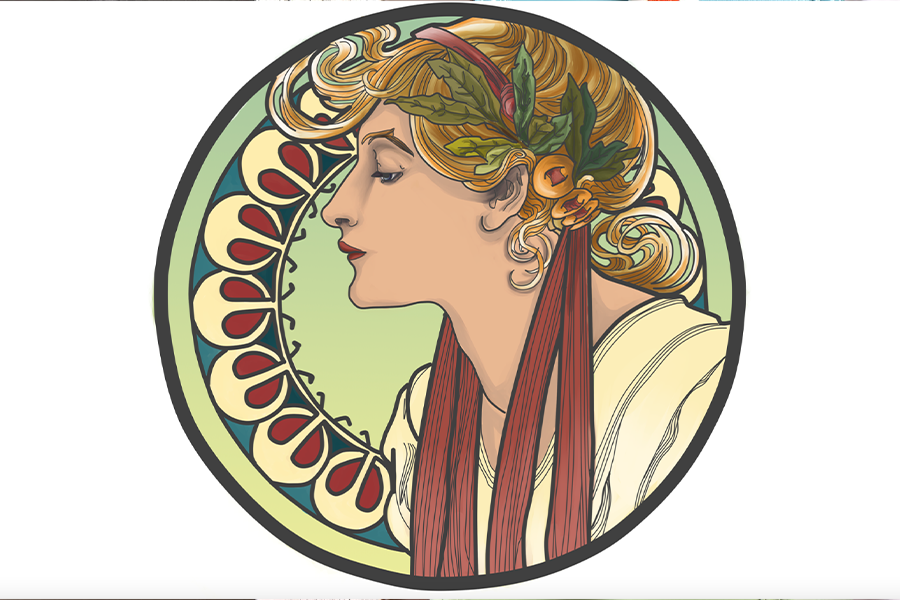
The word “eclectic” refers to a mix/combination of ideas, beliefs, methods or styles/trends that work well as a collective together. For creative designers, lust for color, patterns, and materials can be explored to their full potential within eclectic trends.

The key features for an eclectic collection will include a combination of glass knobs and pulls, featuring unusual shapes and a good mix of colors, and a variety of metal handles, but steering clear of regular rectangular handles and opting for detailed handles/knobs—which may no longer look as though they are there to pull open a door/cupboard and become part of the furniture decoration.
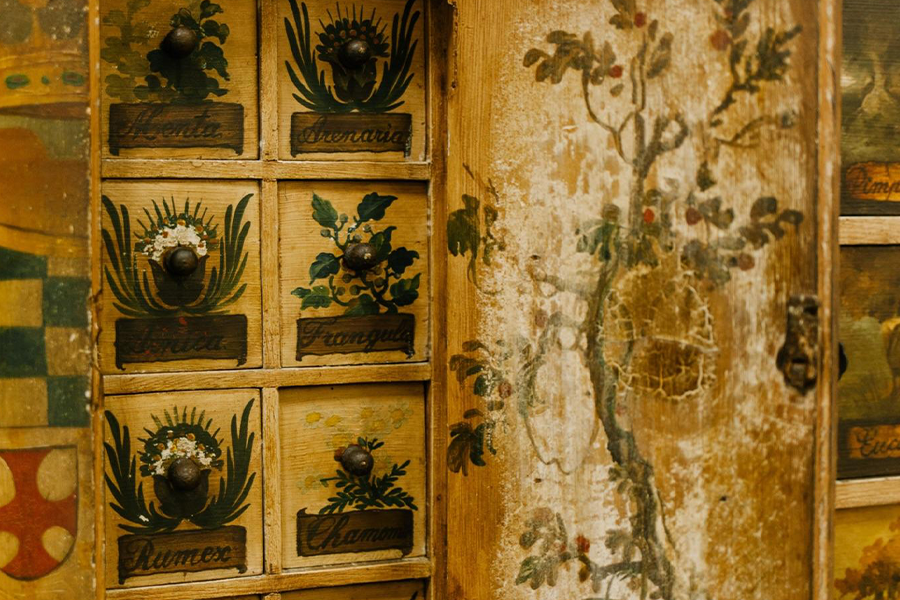
A multitude of shapes can be considered, especially in materials like wood and porcelain. Themes could be chosen such as animal or botanical, or use decorative knobs that look like flowers or birds, accenting different styles within a room rather than just looking at whether or not it suits the piece of furniture.
Although wholesalers may purchase eclectic items in bulk, they will often be distributed to boutiques in smaller quantities. Therefore, having themed collections will allow for more than one product to be sold at once, ensuring substantial profit against collections of more popular styles. They can be priced at a high end due to them appealing to a more unique market.
Optimize collections for a variety of markets
To ensure each collection is directed towards its most suited market, consideration should be taken towards which types of people are likely to renovate their homes frequently and which are their go-to hardware stores. Architectural styles in different areas may also influence the types of handles and knobs chosen for the furniture in the home, so supplying areas with specific products that are suited to their exterior trends may help one to increase sales.
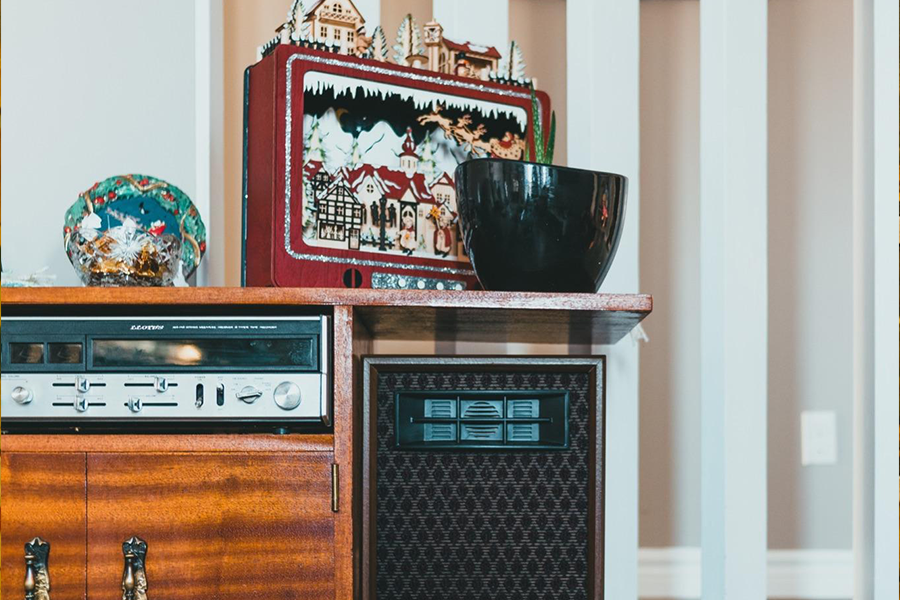
If you are a small wholesaler looking to sell to the rental renovation market, then a modern collection may well be the most suited to you. This is a crowd-pleasing collection and can be one of the most cost-effective, as markup can range due to the simple designs. The reason for this is that renters tend to favor more neutral pallets that sit well within the modern collection but equally in the contemporary collection. So if you are aiming to supply renovation-style hardware stores, you should consider including styles to suit this market.
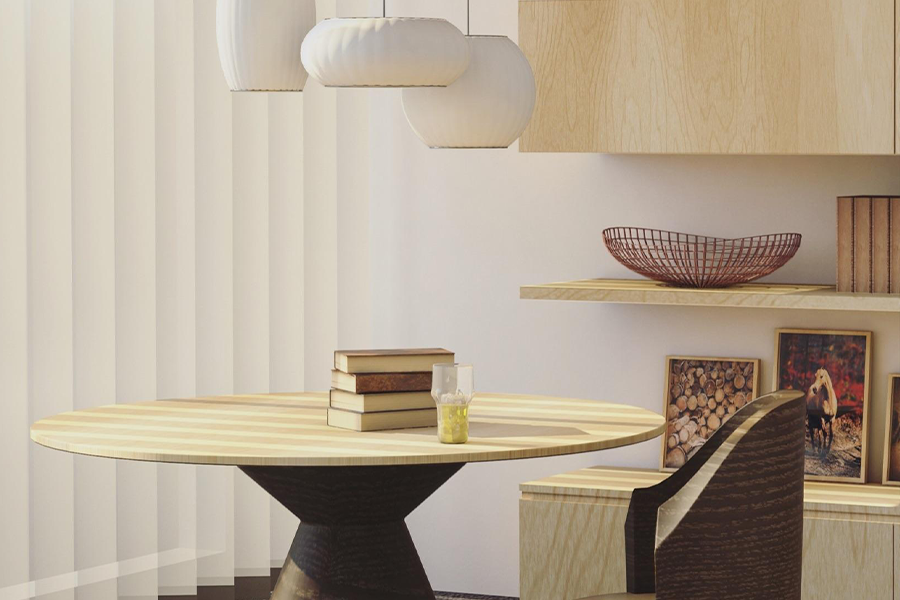
If you are a small business/wholesaler supplying boutique stores, then the eclectic collections will be best suited. These can be marketed to suit the relevant outlets and priced depending upon each boutique store. Traditional collections could also be aimed at the boutique market, as they can be stocked within more luxury stores than general hardware depots.
If your small business is stocking products to suit interior designers, then all four collections can be pulled together and will appeal to all markets. This allows designers to draw from each collection to suit a range of clients’ tastes. Consideration for the market will ensure that your collections are on point to sell in the best way possible.
Why sticking to popular products is key
Wholesalers and small businesses can leverage this guide to create beautiful and appealing handle and knob collections for the growing hardware market. Sticking with popular product trends that have been placed within each collection will be key to securing revenue in this field.
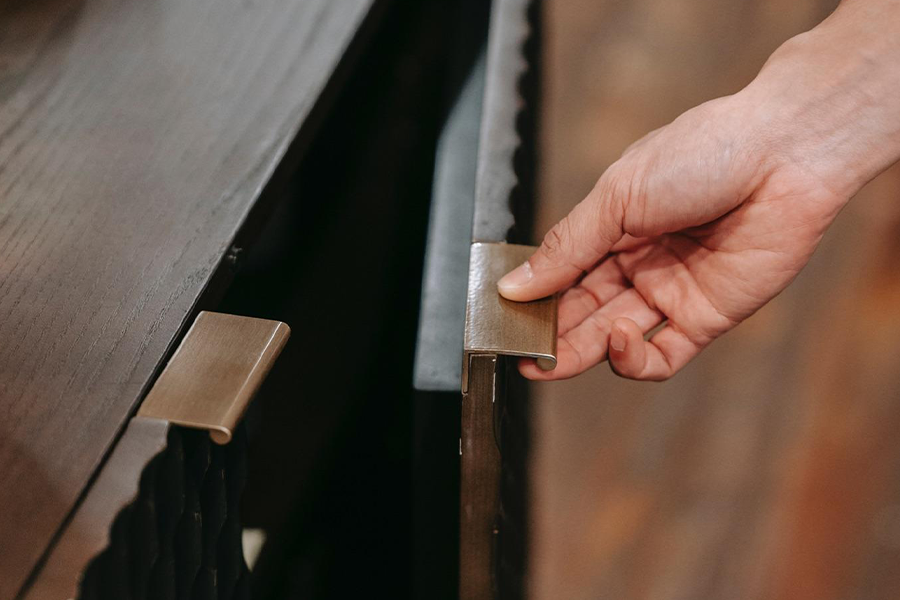
To create your collections, look at market areas and where you are likely to sell. Then decide on a collection that you will focus on—whether it is modern, contemporary, traditional, or eclectic—and ensure that you are selecting the popular styles from each of the trends discussed.
When your collections are collated and the popular products laid out, selling to your ideal market should be simple and potentially successful if executed correctly.
